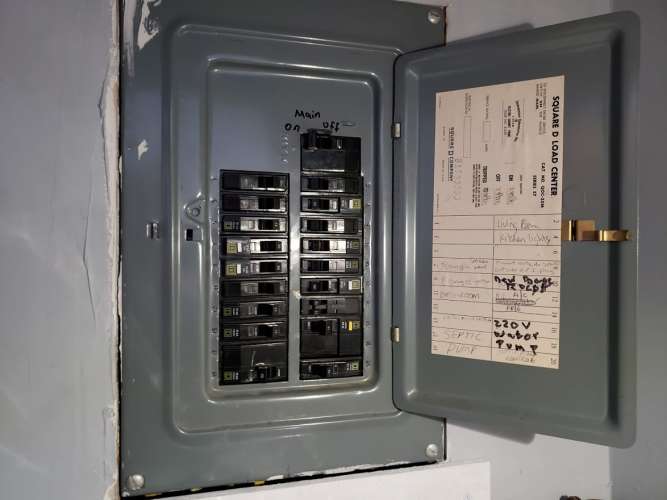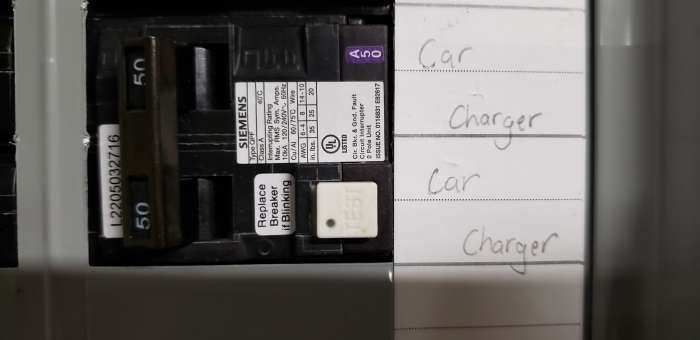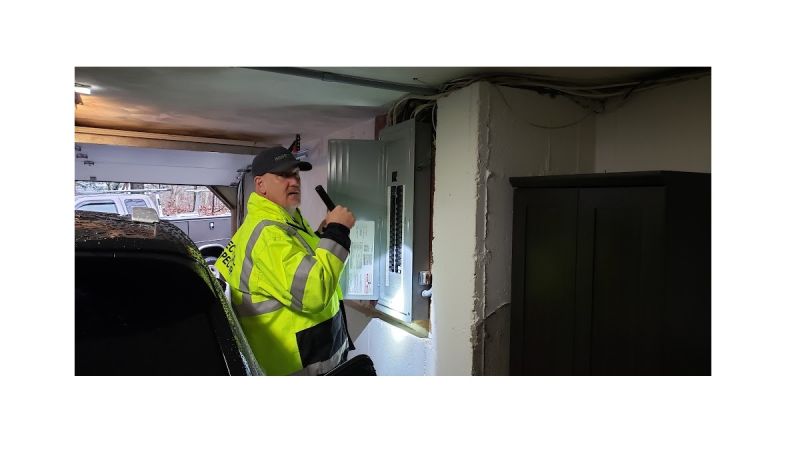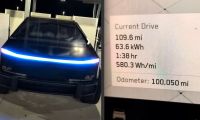Electric vehicles are fantastic. They drive better than conventional vehicles and emit no tailpipe emissions. They might even save you money compared to a conventionally-powered vehicle. There are many more pluses, but based on our testing, some negatives as well. Many of the negatives revolve around keeping the vehicle charged. The very best way to avoid many of the headaches so many EV owners struggle with is to have your own Level 2 home electric vehicle charger.
Mistake 1 Assuming Your Condo or Apartment Community Will Allow You To Install A Charger
The legal landscape in some parts of America is trending EV-friendly. However, it is always best to find out in advance if you can add an EV charger to any mixed-use or common areas if you don’t live in a single-family home. Many apartment and condo owners find out after they buy an EV that their community will not allow them to install the charger where they hoped - if one is allowed at all. Always check with the property manager or your homeowner’s association to see if you can install the charger you want where you want it. Sometimes the reason the answer is “no” isn’t just anti-EV sentiment. See Mistake 2 for why a charger may not be possible.

Mistake 2 - Assuming Your Home Can Accommodate an EV Charger
EV chargers are not rocket science. Pick one you like, buy it, install it, and start charging. If only it were so simple. Many homes in America cannot accommodate a Level 2 EV charger. The panel in the home is simply too full. Both of the last two homes I purchased already had improper doubling and tripling up of circuits, something that is dangerous. Correcting it cost me $6,000 for one home and $2,500 for a second. This was before the charger circuit costs were added.
An electrician cannot legally add a circuit to a home electrical system that cannot accommodate the load or that has a panel without space for the new charger (Two panel punch-outs are needed for one 240 V circuit). Many homeowners assume that if a panel has empty slots a new circuit can be added. However, some panels have more panel slots showing than they have space available behind those slots (which happened to me). Other homeowners assume space can be made by using mini-breakers to free up space, However, not all panels are designed to accommodate mini-breakers. Your electrician can look up the panel’s specs to see what is possible.
Before you shop for an EV, ask your electrician to visit your home and see if your present electrical system can accommodate a new high-amperage 240-volt circuit for the charger. While she is there, get a price to add the new circuit, to have your charger wired, or have a new NEMA 14-50 outlet installed.
Mistake 3 - Having Your Uncle’s Pal Install the Charger
Adding a new 240-volt circuit requires that work be done inside the panel. The electrical code is ever-evolving, and adding a proper circuit requires knowledge of the electrical code. Simply “making it work” is not your objective. Having the charger work safely is. Yes, your handyman or a friend of a friend may be able to do the work, but when you sell your house, will the purchaser's realtor then ask why there is no permit on file for that work, thus delaying your sale? If your home has a fire resulting from that work, would you expect your homeowner’s insurance to cover the damage? Why would it? What would you do if someone was electrocuted by the circuit? Remember, nothing in your home draws more power than an EV charger.

Mistake 4 - Not Pulling An Electrical Permit
Adding in a new electric circuit requires a permit and inspection from your local town hall or municipal office. They usually cost around $60. To pull a permit, your licensed electrician must supply proof of insurance, which protects you from liability. When the town’s inspector comes to see the work, they are a second set of experienced eyes to ensure it was done safely. An added bonus is that you now have proof for a future owner to see that the work was done to code. Compare that with telling a home buyer, “My uncle’s friend wired it up, and I paid him in beer and pizza.”

Mistake 5 - The Ground Fault Circuit Interrupter Dilemma
To keep you safe when standing in a puddle and then plugging in an EV, every EV charging setup has what is called a “GFCI protector.” This is an electronic device that prevents an accident involving a person becoming a path to ground for a circuit. In other words, it prevents electrocution accidents. You have GFCI protection in your kitchen, bathroom, basement, garage, and any outside circuit if the house is wired right. If you buy a hair dryer, it may also come with GFCI protection attached to its cord.
EV chargers have this protection built in. That is a great thing. However, a fair number of EV owners later discovered that if they had an outlet installed in their garage, the outlet’s breaker also has GFCI protection, and the two don’t play nice*. This can cause nuisance tripping, or the outlet may not work at all with that charger. The best way to avoid this is to have your home charger hard-wired by your electrician. That precludes the need for a GFCI circuit.
We spoke to an electrical inspector in Massachusetts and asked him what the single most common problem he finds when inspecting EV charger circuits using outlets rather than being hard-wired is. He told us, “Hands-down, it is the failure of a new outlet in a garage to have a GFCI-protected circuit breaker.”
As you can see, nearly all of the problems associated with home Level 2 EV chargers can be avoided by simply asking a licensed electrician to perform the work and to pull a permit. Doing otherwise can lead to a long list of problems.
We have simplified the GFCI incompatibility issue in this story. It is actually a self-test done by the controller in the EV charger that causes the problems, but describing that accurately and succinctly is beyond my ability.
Images by John Goreham.
John Goreham is a long-time New England Motor Press Association member and recovering engineer. John's interest in EVs goes back to 1990 when he designed the thermal control system for an EV battery as part of an academic team. After earning his mechanical engineering degree, John completed a marketing program at Northeastern University and worked with automotive component manufacturers, in the semiconductor industry, and in biotech. In addition to Torque News, John's work has appeared in print in dozens of American news outlets and he provides reviews to many vehicle shopping sites. You can follow John on TikTok @ToknCars, on Twitter, and view his credentials at Linkedin
Re-Publication. If you wish to re-use this content, please contact Torque News for terms and conditions.













Comments
Second Request!
Permalink
Second Request!
Interested in re-publishing the following January 17, 2023 article:
5 Common Home EV Charger Installation Mistakes To Avoid
Hi Rich, you can republish
Permalink
In reply to Second Request! by Rich (not verified)
Hi Rich, you can republish but with a link to the article's original page at TorqueNews.com and link to the author's page. Thank you.